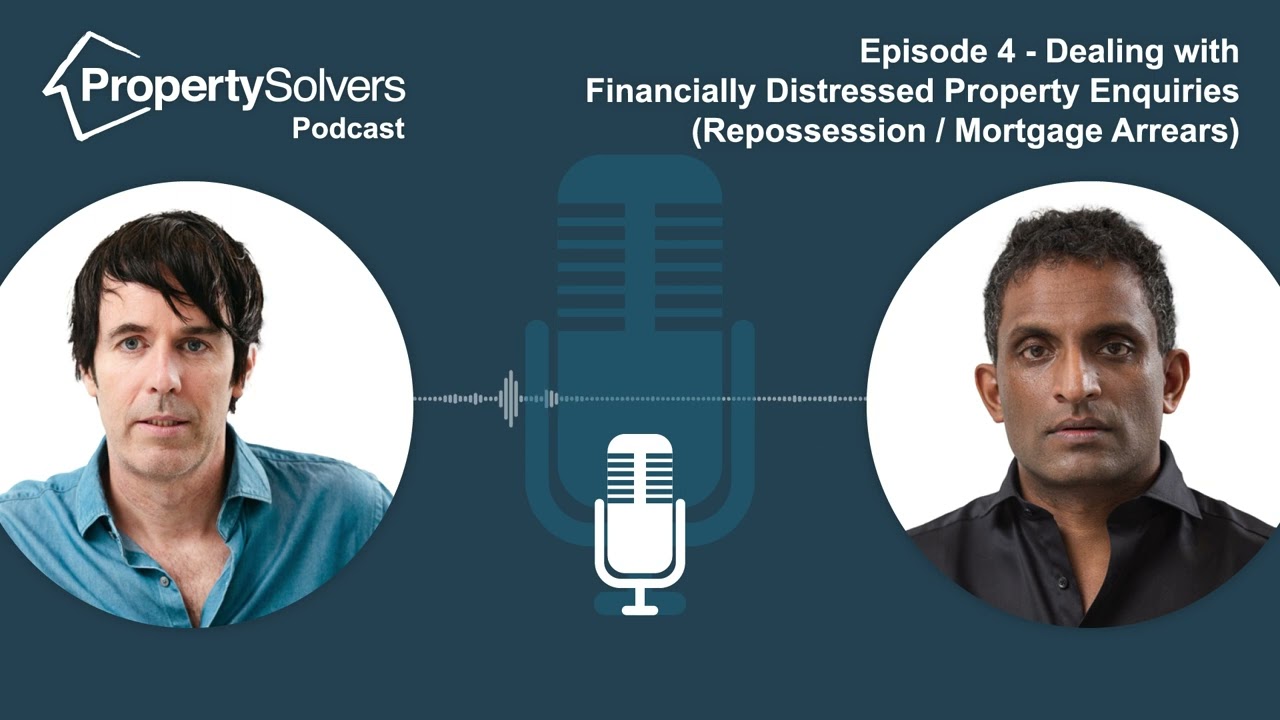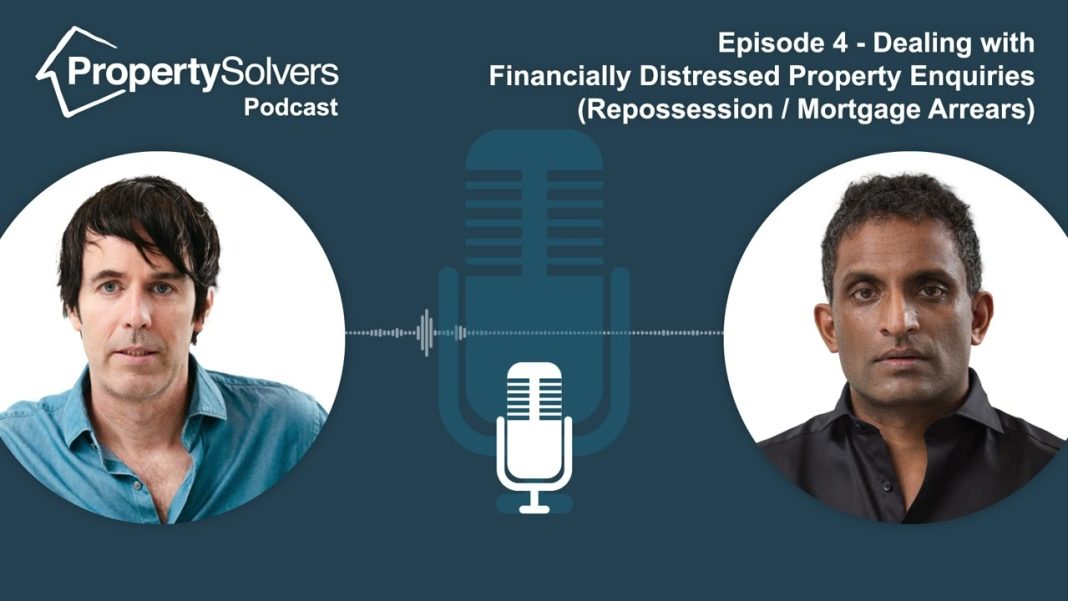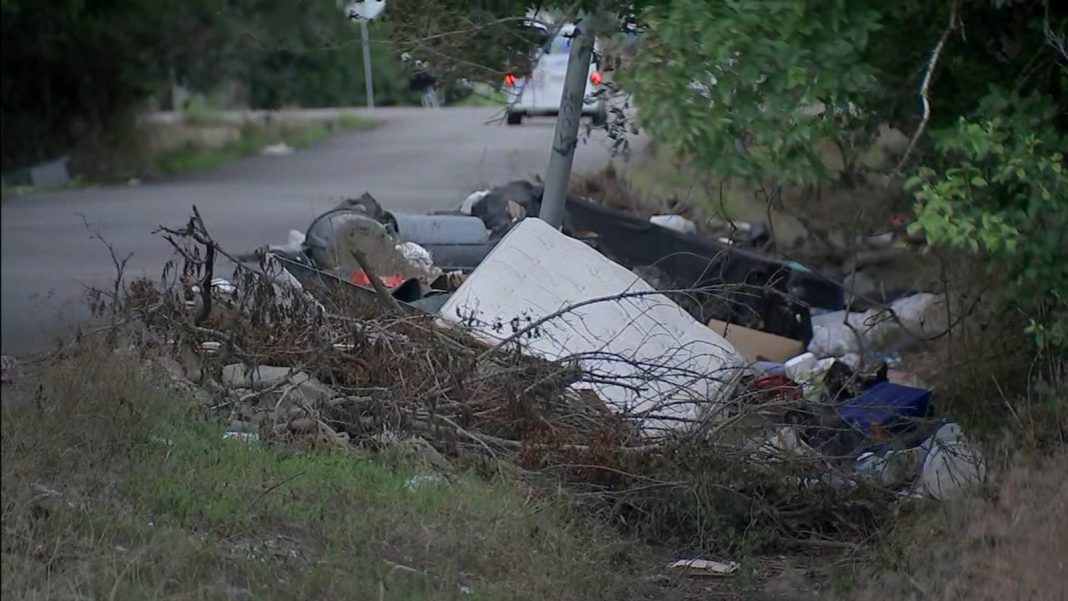 Title: The Urgent Need for Rent Adjustments to Save New York City’s Affordable Housing
Title: The Urgent Need for Rent Adjustments to Save New York City’s Affordable Housing
Introduction:
New York City is facing the dire consequences of years of economically damaging housing policies. The Rent Guidelines Board (RGB) plays a crucial role in determining rent adjustments for the city’s one million rent-stabilized apartments. However, the latest data from RGB reveals a significant increase in financially distressed rent-stabilized buildings, posing a threat to affordable housing and the city’s financial solvency.
The Impact of Distressed Buildings on Affordable Housing:
“Distressed” buildings are suffering from inadequate rental income to cover maintenance costs, taxes, compliance expenses, and more. These properties require significant physical renovations and repairs. Unfortunately, this situation jeopardizes the largest segment of affordable housing for both renters and owners.
Challenges Faced by Landlords:
Landlords have traditionally relied on annual RGB rent increases to maintain aging buildings and meet operational expenses. However, these rent adjustments have failed to keep pace with inflation for over a decade. Consequently, landlords are dependent on the RGB to increase revenue for their struggling rent-stabilized buildings.
The Role of State Officials in the Housing Crisis:
The economically ruinous rent laws enacted in 2019, along with the recent good-cause eviction law, have worsened the situation for rent-stabilized housing. These laws cap a building’s only income, its rent rolls, without providing corresponding reductions in operating expenses and costly mandates. As a result, landlords are burdened with increasing property taxes while experiencing minimal rent increases.
Real Stories Highlighting the Plight of Property Owners:
Alison B., a building owner in Yorkville, Manhattan, has faced consistent property tax increases while her stabilized apartments have seen minimal rent increases. This financial strain has made it challenging for her to carry out necessary repairs and maintenance. Additionally, many tenants benefiting from rent-stabilized rents are high earners with secondary homes, which raises questions about the fairness of the subsidy.
Negative Impact on Rent-Stabilized Buildings:
The combination of flawed housing policies and inadequate rent adjustments has led to a culture of disinvestment in rent-stabilized buildings, particularly those approaching a century in age. Upgrades to essential systems like electrical, plumbing, facades, and roofing have become neglected due to insufficient funds. Shockingly, over 75% of apartments in buildings with six to 20 units require urgent upgrades.
Personal Struggles Faced by Property Owners:
Cheryl J., an owner of an older building on the Upper West Side, had a tenant who left without paying $30,000 in back rent. The resulting damage to the unit required significant renovations, which Cheryl cannot afford due to minimal rental income. Similarly, Marcelo B. and Sarah C., who own buildings in Sunnyside, Queens, and Crown Heights, Brooklyn, respectively, face constant repair costs and difficulties in collecting back rent owed by tenants.
The City’s Financial Burden:
Financially distressed buildings are not only a burden on property owners but also impact the city’s finances. Property-tax delinquencies for rent-stabilized buildings have risen by 26% over the past two fiscal years. Moreover, disinvestment leads to a decrease in property values, resulting in billions of dollars in lost tax revenue for the city.
Conclusion:
To safeguard affordable housing, support property owners, and ensure the city’s financial stability, the RGB must consider significant rent adjustments during the upcoming vote. It is crucial to address the long-standing issues and provide relief to struggling landlords so that New York City’s affordable housing can be preserved.


